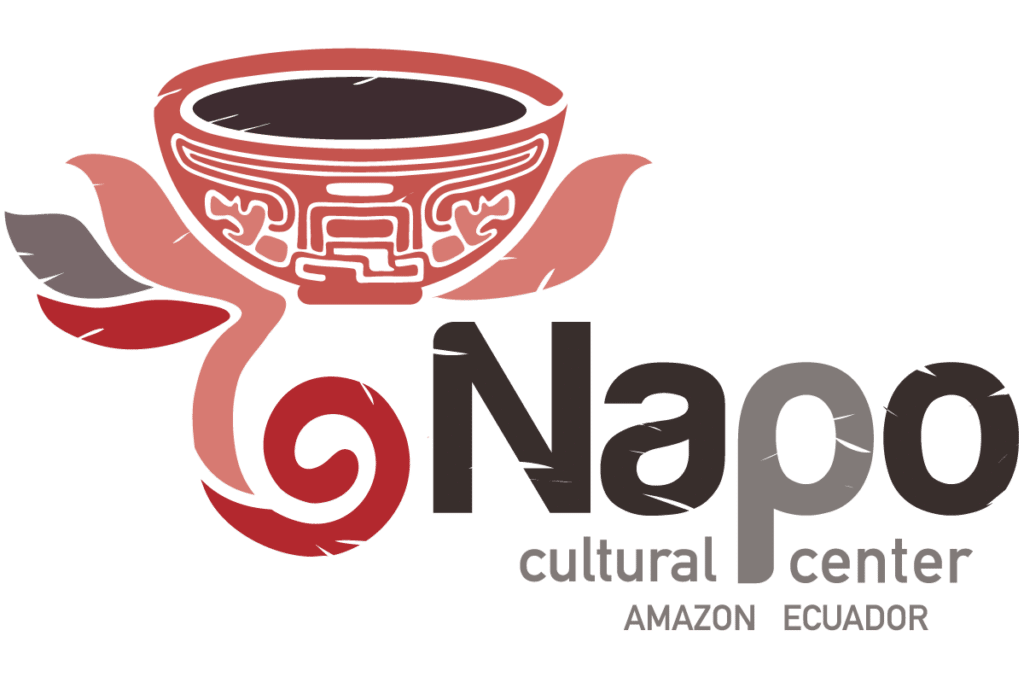In the Amazon rainforest of Ecuador, frogs, or “sapos” in Spanish, are known by many names among the indigenous tribes that call this lush region home. While jungle lodges may offer libraries with a wealth of knowledge about the local wildlife, one of the most treasured volumes is “Sapos: Ecuador Sapodiverso” (2008), a comprehensive guide to the diverse frog species that inhabit this unique ecosystem.

A World of Amphibians
The Amazon Basin is home to over 1,000 known species of frogs, making them the most abundant amphibians in the region. These creatures are primarily nocturnal and arboreal, laying their eggs far from water to evade predators. In the perpetually humid environment of the rainforest, streams and ponds are not necessary for maintaining the moist skin needed for respiration.
The oldest frog species can be found in the Amazon, with tree frogs having settled here 77 million years ago. The incredible diversity of frogs in areas like Ecuador’s Yasuni National Park, which boasts around 600 known species, is partly due to the park’s proximity to the Andes Mountains. The varied altitudes of the cloud forests allow species to evolve and migrate to the lowlands.
Unveiling the Mysteries
Many species in the Amazon have yet to be identified, including numerous “cryptic species” — species that appear similar but have not yet been distinguished by the scientific community. This phenomenon is common, not only with frogs but also with other forms of wildlife. Recently, two widespread species of tree frogs were found to be divisible into over 10 distinct species.
The Colorful and the Camouflaged
The most vividly colored frogs are often poisonous. Some undergo radical color changes throughout their lifespans or exhibit diverse color variations among populations, while others have colors only visible when they move their limbs. The Amazon horned frog, for example, feeds exclusively on other frogs, using a sit-and-wait strategy to capture its prey.
In the rainforest, you will find the Chocó monkey frog, which lays its eggs on leaves hanging 1.5 meters above the water. The Uco water frog, traditionally eaten by locals, has not been seen since 1994. There are also “glass frogs” with transparent skin and aquatic frogs with fins instead of limbs. The variations in color, texture, body shapes, eyes, and limbs seem endless.
The Sounds of the Jungle
Many frogs have vocal sacs to attract mates and defend territories. Some have patterns that allow them to camouflage perfectly when their eyes are closed. Larger eyes are more effective in low light. Frogs can produce analgesic compounds as well as toxins. Eggs are often laid after heavy rains, sometimes carried on the backs of adult frogs. Leaf frogs are among the lightest of all frog species.
In many species, males are always smaller than females because producing eggs requires significant energy. Sticky finger tips, suction cups, and webbed hands are common among tree dwellers. Tropical frogs generally feed on insects such as termites, but many will eat smaller frogs or anything that moves and can be easily caught and consumed.

Discovering the Amazon’s Amphibian World
Exploring the Amazon’s incredible biodiversity offers an unparalleled opportunity to witness these fascinating creatures in their natural habitat. From the mysterious songs echoing through the forest to the vibrant colors and unique adaptations of its amphibian inhabitants, the Amazon is a living symphony of diversity that continues to captivate scientists and nature lovers alike.
For more information about experiencing the rich biodiversity of the Amazon and planning your visit to the Napo Cultural Center, contact our expert team today and embark on a journey into the heart of the rainforest.




